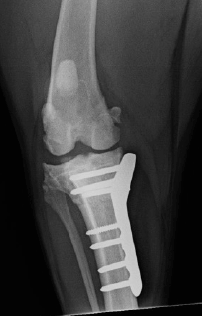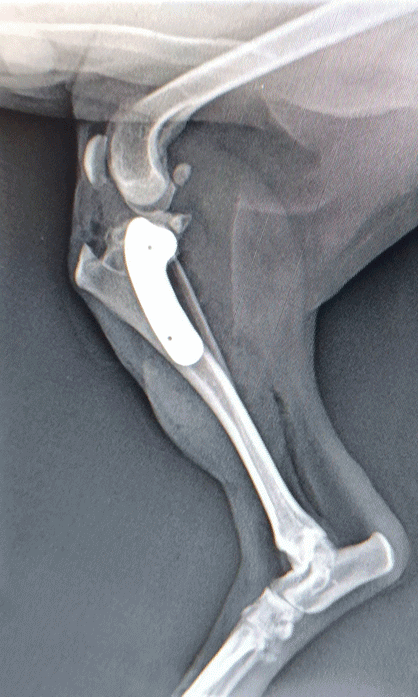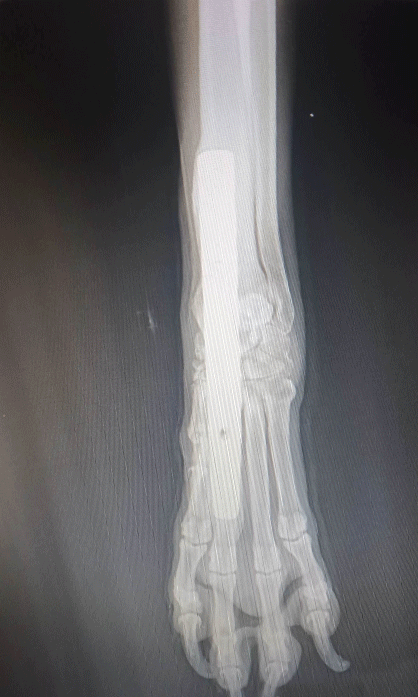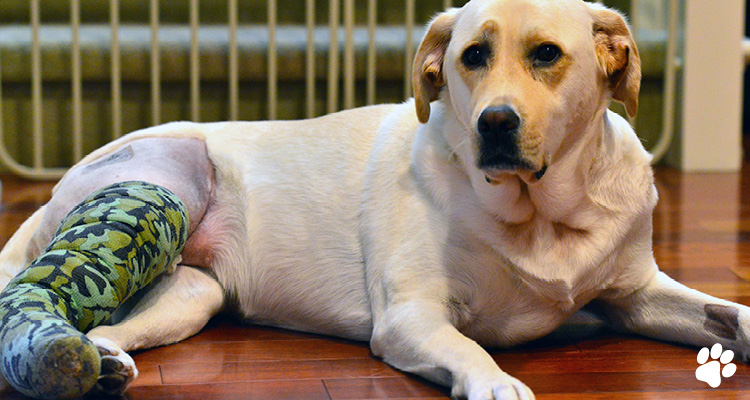Cruciate Ligament Surgery
At Normanhurst Vet Practice we perform a range of complex orthopaedic surgeries in house with our highly trained and skilled Veterinarians. Benefits for keeping such procedures in house include a more affordable service, you will be liaising with our veterinarians who are familiar faces and the convenience of not needing to be referred to a specialist hospital.
One such common condition we see is Cruciate Ligament rupture within the knee of a dog– which we correct with a procedure known as a Tibial Plateau Leveling Osteotomy (TPLO).
Case Study: Mason- a 9 year old male Rottweiler.
Mason had a TPLO performed on his left knee to correct a Cranial Cruciate Ligament Rupture. He was limping considerably before the surgery and as little as 24 hours post surgery was already starting to feel better.
Below are the x-rays following the procedure.

Case Study: Kye– a mature Chihuahuan gentleman.
Kye is one of our beautiful little patients that recently has had TPLO surgery performed on his knee to fix cranial cruciate ligament rupture. Before surgery Kye was struggling to walk, constantly sore and very sad. After the recovery period he is back to normal; running around and enjoying life again.
TPLO surgery is the surgery of choice to fix cruciate ligament tears in dogs and consistently leads to the best outcomes. Our team at Normanhurst Vet Practice are highly experienced and skilled in TPLO surgery’ as well as a whole range of other orthopaedic services including patella luxation, fracture repairs, arthrodesis (joint fusions) and more.
If your pet has any orthopaedic needs; please don’t hesitate to call us on (02) 9489 6000 and speak to our friendly staff for more information.
Below are x-rays post-surgery, and a portrait of Kye, feeling much better and ready to enjoy life.

Case Study: Darcy- an 8 year old Labrador.
Darcy is an 8YO Labrador that sustained a very serious injury to the ligaments on the underside of her left wrist (front left leg) that resulted in “Carpal Hyperextension”. The wrist bends excessively resulting in severe pain from the instability. She was unable to place weight on the leg.
Unfortunately, these ligaments are unable to be fixed in dogs. Instead, she underwent a procedure called a “Carpal Arthrodesis”- which involves a fusion of the wrist to create stability; which eliminates pain and provides a near-normal return to function.
5 months later and you can see Darcy is ready to take on the world! She is a much happier girl after having her wrist operated on.
We perform a range of orthopaedic procedures in-house including cruciate ligament repairs (TPLO surgery), patella luxations, fracture repair, arthrodesis, and more. For any of your pet’s orthopaedic needs; please feel free to contact us on (02) 9489 6000.

